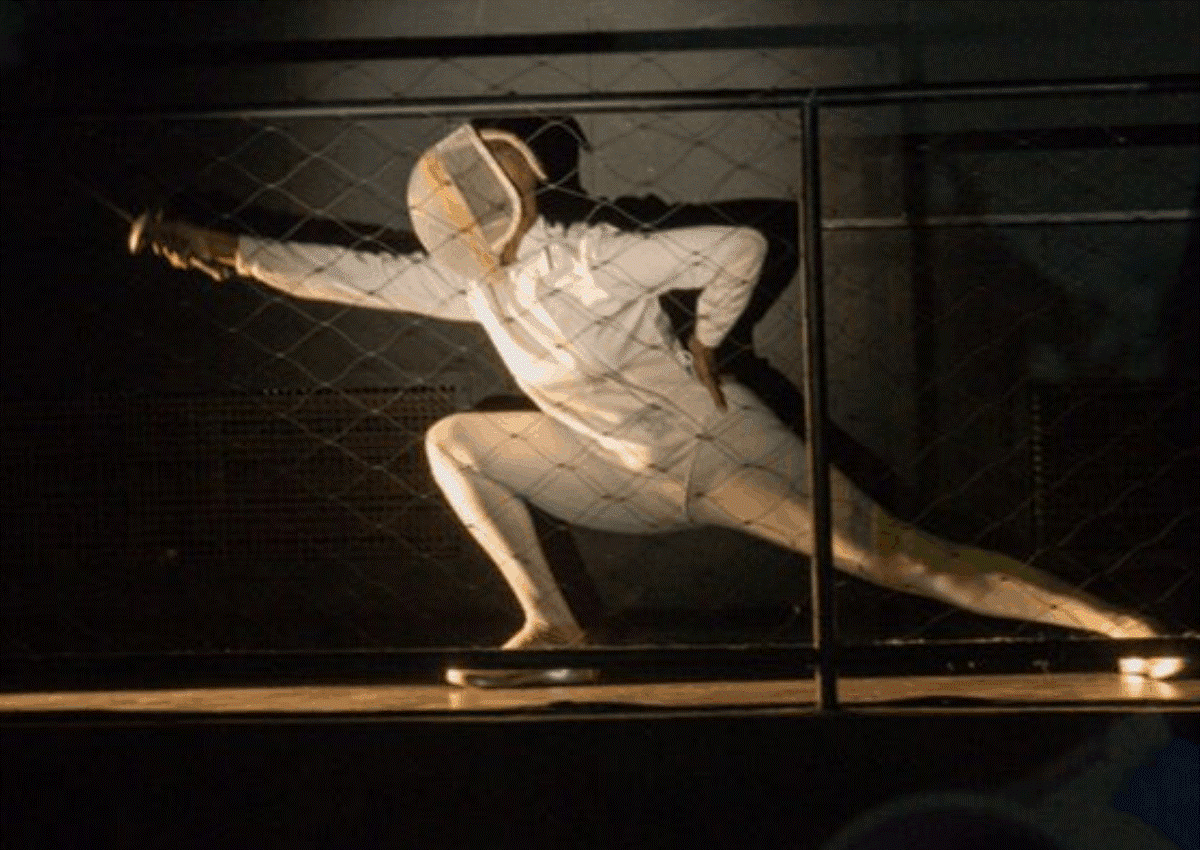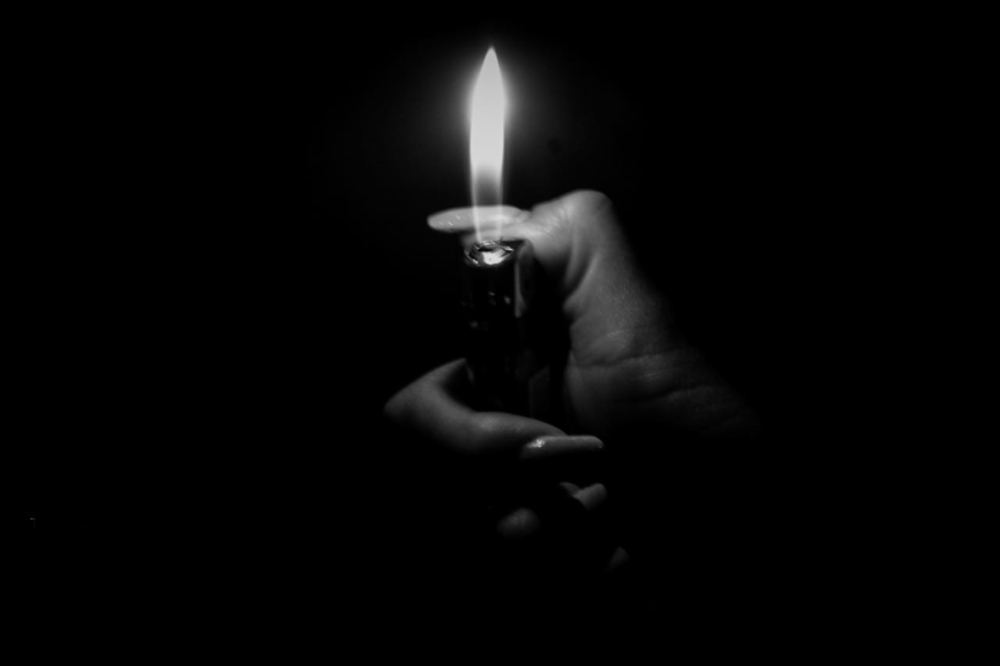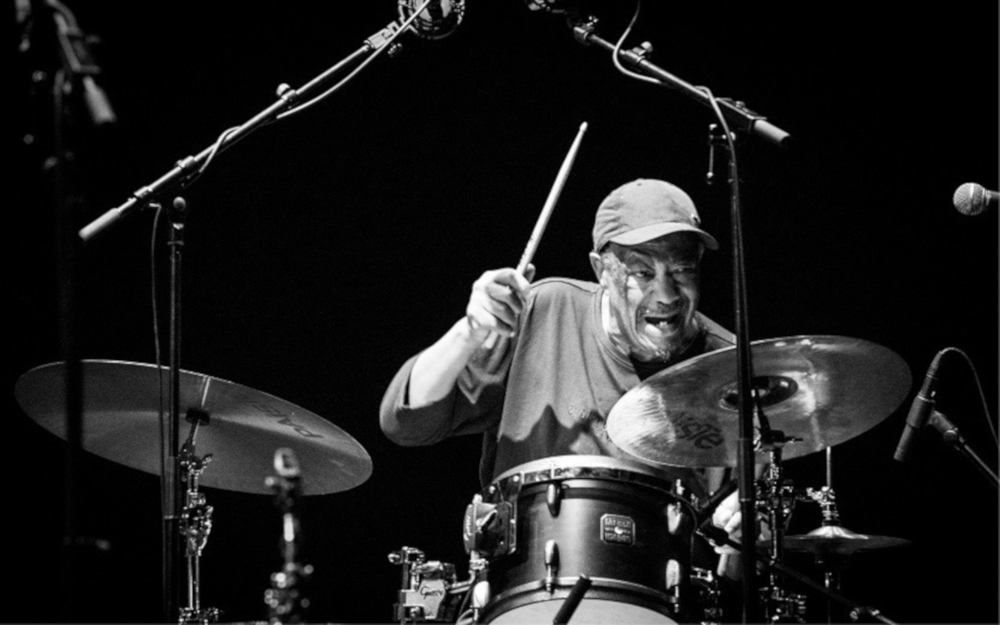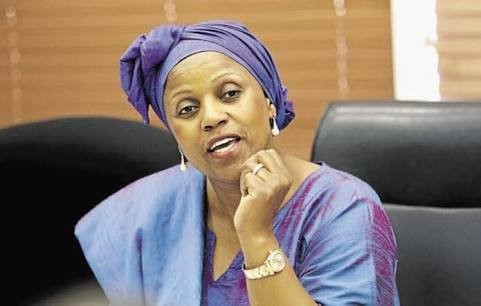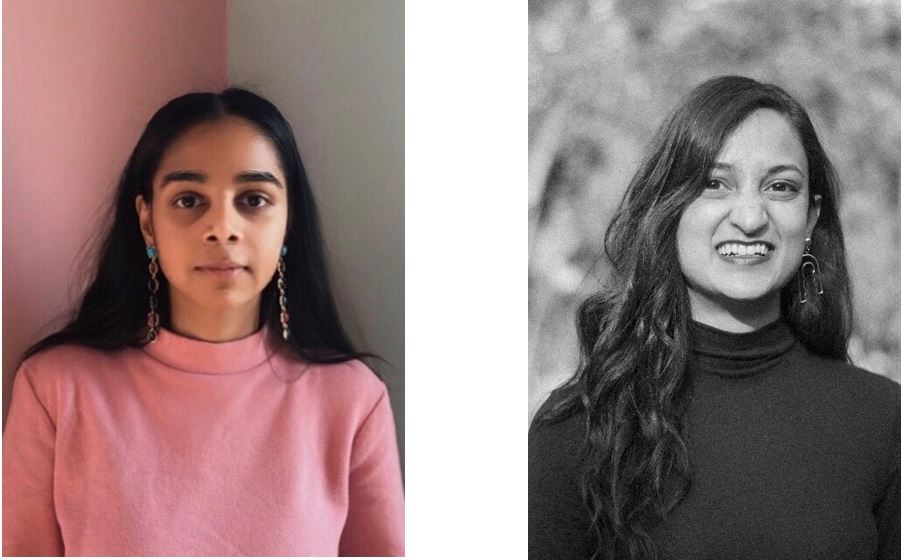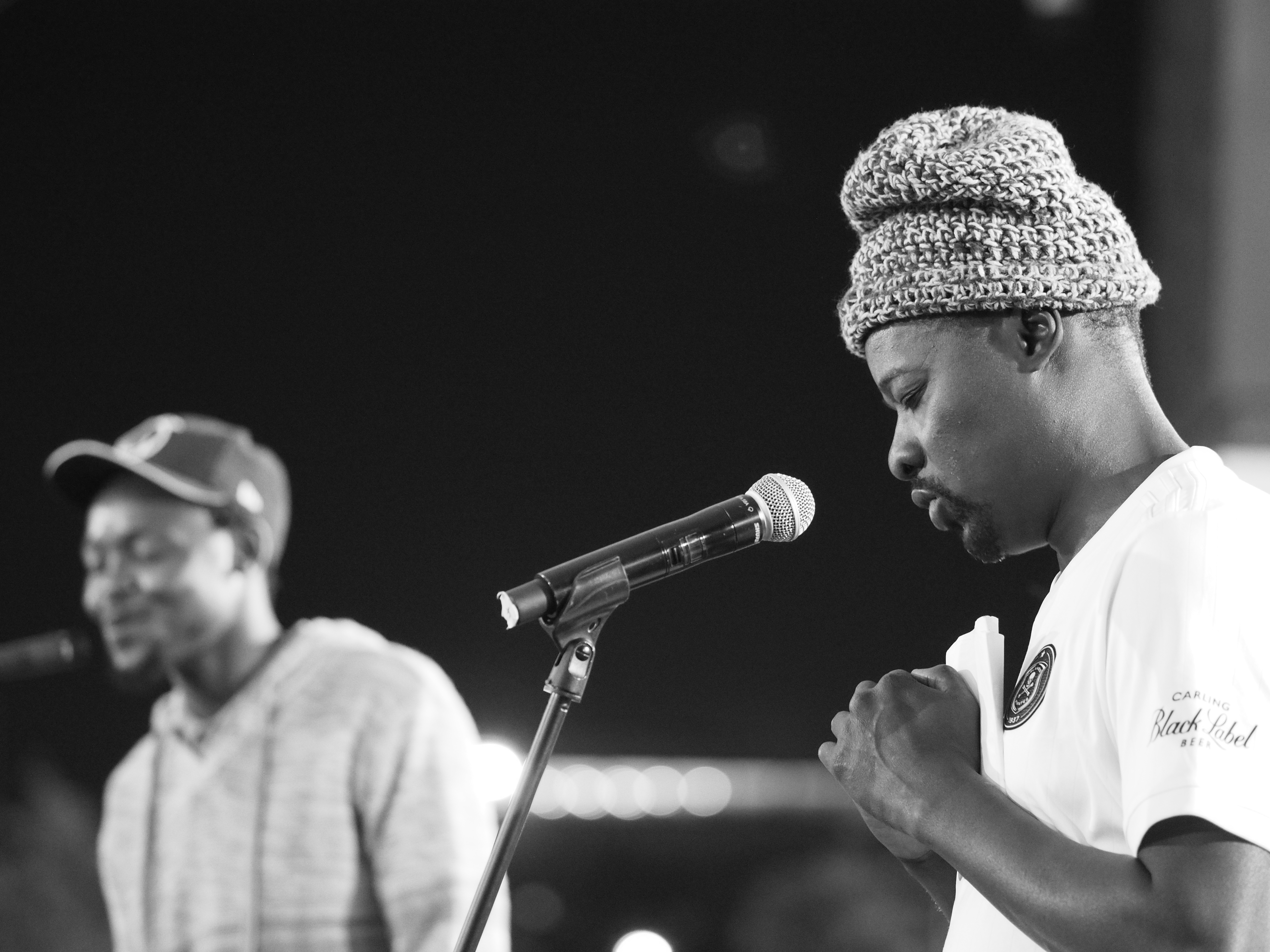The Art world was shook at the news of Mamela Nyamza’s dismissal as the Artistic Director at the State Theatre in Pretoria - many were left asking questions. We understand racism, sexism, classism, ageism and all ism's because the actions exist as presuppositions of a deep culture of institutionalization. For too long artists have been made to believe that the success and value of their work is reliant on institutions - relegating themselves as the wardens and gatekeepers. By virtue, deciding for the artist whom its audience will be, while creating an illusion of autonomy.
Holding true to her words, this piece of work in its totality as an extension of herself is not necessarily against the institution, but for the youth and upcoming artists. Through a tale of sport and combat, the sabre or fencing sword mimicking the movements of a shambok also becomes the kierie – a poised calculated symbol moving beyond the “angry black women” narrative that is so often perpetuated. Using red to colour our attention to the myths of gender, she is brazened in her intention of bloodshed as part of the stage, since she was after all accused of blurring the line between performance and professionalism. She reminds us of the bloodshed in femicide cases extending into the killing of the professional pursuits of women, lining not only streets but corridors and floors of the spaces we do not assent to. A gramophone – a weapon used in giving voice to a screaming that is incapable of being silenced yet a voice acknowledged in lieu of the alleged existence of the third appendage between a pair of legs.
For those in the audience whose understandings of home is the same as Nyamza's – the calling of the cowhorn, the whistles, the restlessness of repetition, brokenness and pleading in her voice as it resonates with the sounds of toi-toi, all the aboriginal parlances ring as familiar as the calling of an artist.
![]()
In an industry that is a root in the makings of culture, the Arts are therefore capable of existing independently, outside of the institution. The virtual art festival has shown us how it can exist independent of space. We find ourselves in a time when current conversations in Contemporary African Art are not only eclipsing the stereotypes of exclusivity the art world holds onto, but it is also subverting the rules of the institution.
This 30-minute video production - another poignant piece in South African Art – deepens the affirmations of the ability of the Arts to transcend. She has also distorted the line between performance and performing art. A showcase of the innate characteristic of the transformative power between the art and artist. As an artist – she has used the entirety of what it means to be herself to pull us the audience into the intersections of transformation. She has gone beyond challenging the boundaries of silence the institution has created in our minds. So, we ask ourselves through the title of her work – who or what is this Pest?
It is therefore a reminder through Mamela Nyamza’s work both to the young artist as well as the gatekeeper, that while it is the artists’ prerogative to interrogate the prejudices world as we know it – it is their duty to include the spaces and institutions of their surroundings and their communities. But when the institution becomes defiant – subversion will not look like acquiescence but like ‘Pest Control'.

